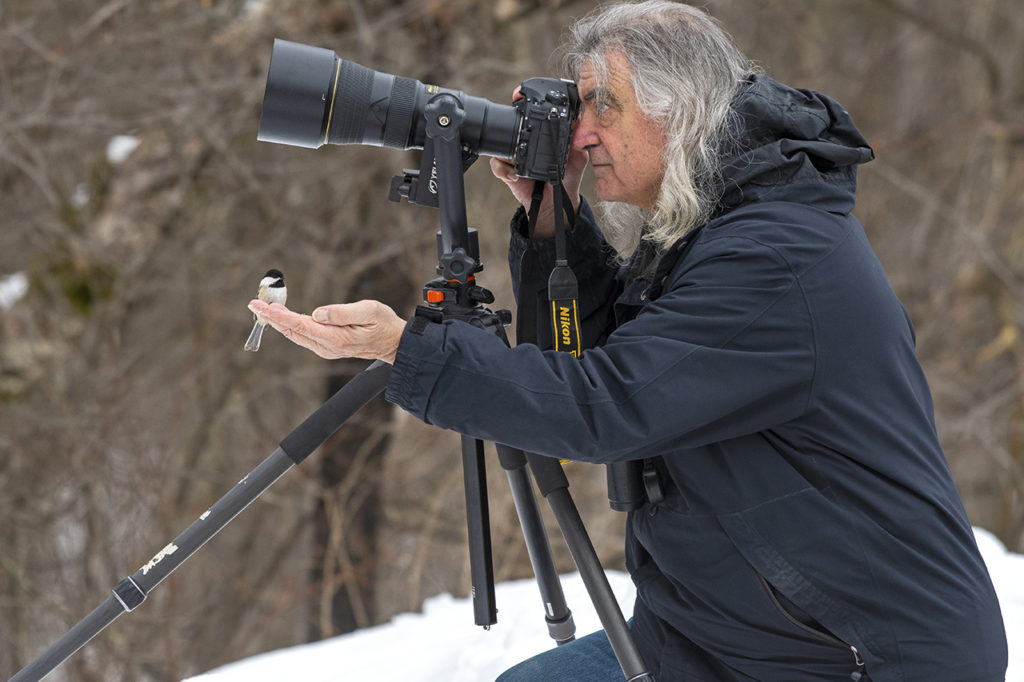 Tony using the Yelangu A17 Gimbal Head in the field – copyright Nina Stavlund
Tony using the Yelangu A17 Gimbal Head in the field – copyright Nina Stavlund
In the past, I rarely supported big lenses on a tripod. Instead, I hand-held my camera while adopting various field techniques that facilitate image sharpness. I only used tripods in low light situations where slow shutters were necessary. Sometimes I’d go for the flexibility and convenience of a joystick head on a monopod. But, other times, especially if the light was tricky, rather than bring out a cumbersome tripod, I’d simply abandon the opportunity losing a potentially prize winning-photo in the process. However, since playing with the Yelangu A17 Gimbal Head, I’ve delightfully expanded my photographic prowess.
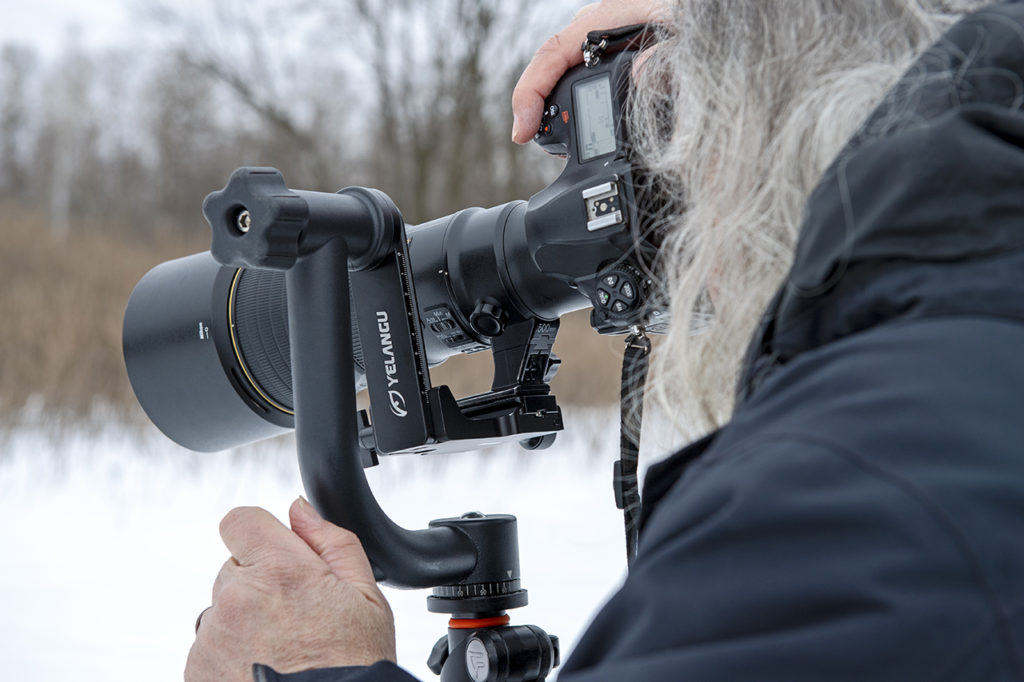 Tony using the Yelangu A17 Gimbal Head in the field – copyright Nina Stavlund
Tony using the Yelangu A17 Gimbal Head in the field – copyright Nina Stavlund
The day I received the A17, I went straight to a nearby parkland where I expected lots of cooperative wildlife. Within minutes, I realized several distinct advantages of working with this versatile head.
American Black Duck in flight
Panning with the Yelangu A17 Gimbal Head is a smooth and simple operation. It’s perfect for capturing birds in flight.
Nikon D850 with AF-S Nikkor 500mm F5.6 PF ED VR
ISO 800 | Shutter 1/1250 | Aperture f 7.1
I fastened the A17 to a Vanguard Alta Pro 283CT tripod. I attached the mounting plate to the AF-S Nikkor 500mm F5.6 PF ED VR lens that was connected to a Nikon D850. Well under the head’s 55 lbs load capacity, this camera/lens combo anchored securely onto the head, even with the tripod over my shoulder as I trudged through precarious tangles of a dense cedar swamp.
Drake Mallard in flight
Even birds with fast and erratic flight patterns were fairly easy to follow with a telephoto mounted on the Yelangu A17 Gimbal Head.
Nikon D850 with AF-S Nikkor 500mm F5.6 PF ED VR
ISO 640 | Shutter 1/1250 | Aperture f 7.1
Right off the bat, the system felt relatively light, well balanced and responsive. The carbon fibre legs with aluminum alloy head combined with the Nikkor’s lightweight 500mm PF telephoto lens made for a fairly stress-free, easy-to-carry setup that allowed me to work quickly in situations with active wildlife.
Drake Mallard exercising its wings during a comfort break
The Yelangu A17 Gimbal Head allowed me to respond quickly to different photo opportunities. When I noticed this Mallard exercising its wings, I only had moments to shift position.
Nikon D850 with AF-S Nikkor 500mm F5.6 PF ED VR
ISO 800 | Shutter 1/1000 | Aperture f 7.1
Most impressive was the Gimbal’s smooth operation. Its fluid panning ability was perfect for friction-free movement while photographing birds in flight. This kind of versatile performance is what I’d expect from a quality head designed for video, or for scanning with a spotting scope. Although I normally kept the lock and tilt knobs loose for rapid response, when my subject became stationary, with a few simple twists, I quickly locked the head into precise position. Even with actively changing subjects during freezing temperatures, I was able to respond with effortless speed.
Black-capped Chickadee
While preoccupied with feeding the chickadees using my left hand, the Yelangu A17 Gimbal Head allowed me to compose a frame and press the shutter with only the use of my right hand.
Nikon D850 with AF-S Nikkor 500mm F5.6 PF ED VR
ISO 1000 | Shutter 1/1000 | Aperture f 6.3
Most of the time, I’d work with all knobs loose, including my lens’s tripod collar. This allowed me to easily swivel the system around into a level position. I could even do this single-handed, with only my index finger on the shutter while the rest of my hand gripped the camera body. This came in handy when I needed to take photos while my left hand extended out to feed the friendly chickadees – so simple, and so much fun!
Female Northern Cardinal
Sharp images are a breeze, even in low light when using the Yelangu A17 Gimbal Head.
Nikon D850 with AF-S Nikkor 500mm F5.6 PF ED VR
ISO 640 | Shutter 1/500 | Aperture f 7.1
After a couple of weeks of playing with this wonderful wildlife combo, I conclude that gimbals are the ultimate tripod head for big lenses, especially when the action is frantic and dynamic. The quick, smooth, solid and affordable Yelangu A17 Gimbal Head is a remarkable tool that compliments any wildlife photographer’s arsenal.
Winter pelage Snowshoe Hare
Capturing the right composition is a quick and simple process with the Yelangu A17 Gimbal Head.
Nikon D850 with AF-S Nikkor 500mm F5.6 PF ED VR
ISO 500 | Shutter 1/1000| Aperture f 7.1
White-breasted Nuthatch
Small erratic and relatively unpredictable subjects can be very frustrating to work with. However, the smooth operation and flexible handling of the Yelangu A17 Gimbal Head made it a fun and joyful endeavour, even with species with unusual behaviour like this White-breasted Nuthatch.
Nikon D850 with AF-S Nikkor 500mm F5.6 PF ED VR
ISO 640 | Shutter 1/1250 | Aperture f 7.1
About Tony Beck
Tony Beck is an award winning, Nikon Ambassador, freelance photographer based in Ottawa. He teaches birdwatching and nature photography courses. Follow Tony’s adventures at www.AlwaysAnAdventure.ca



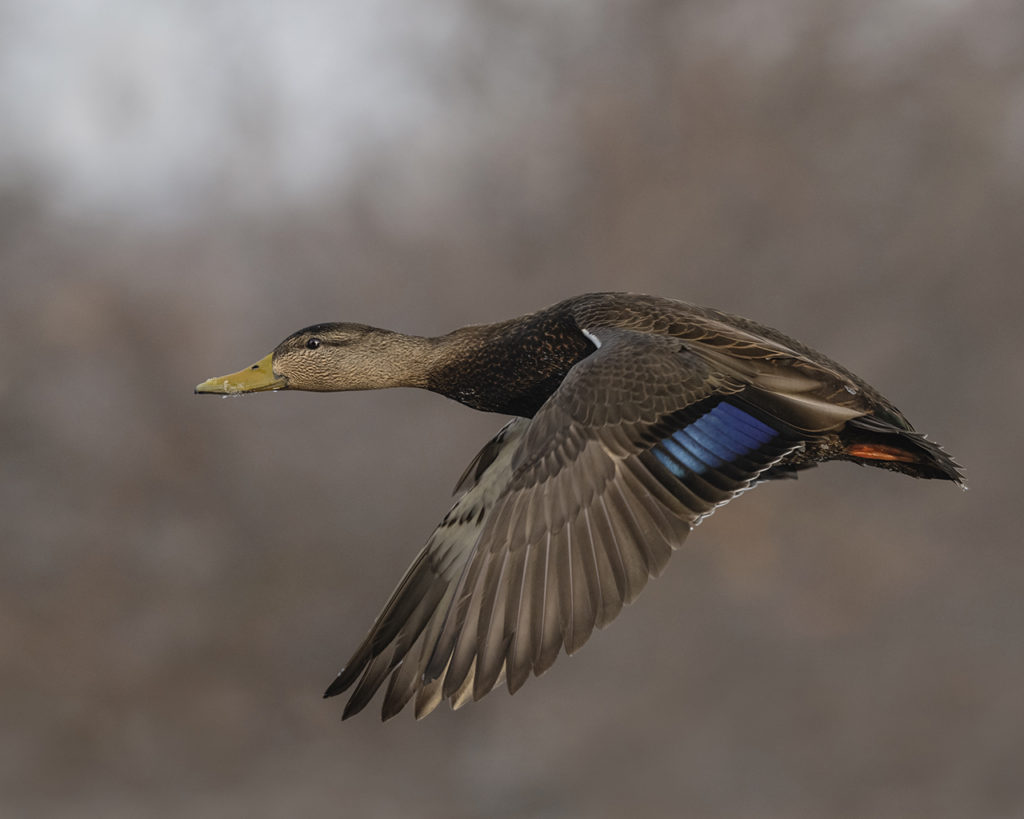
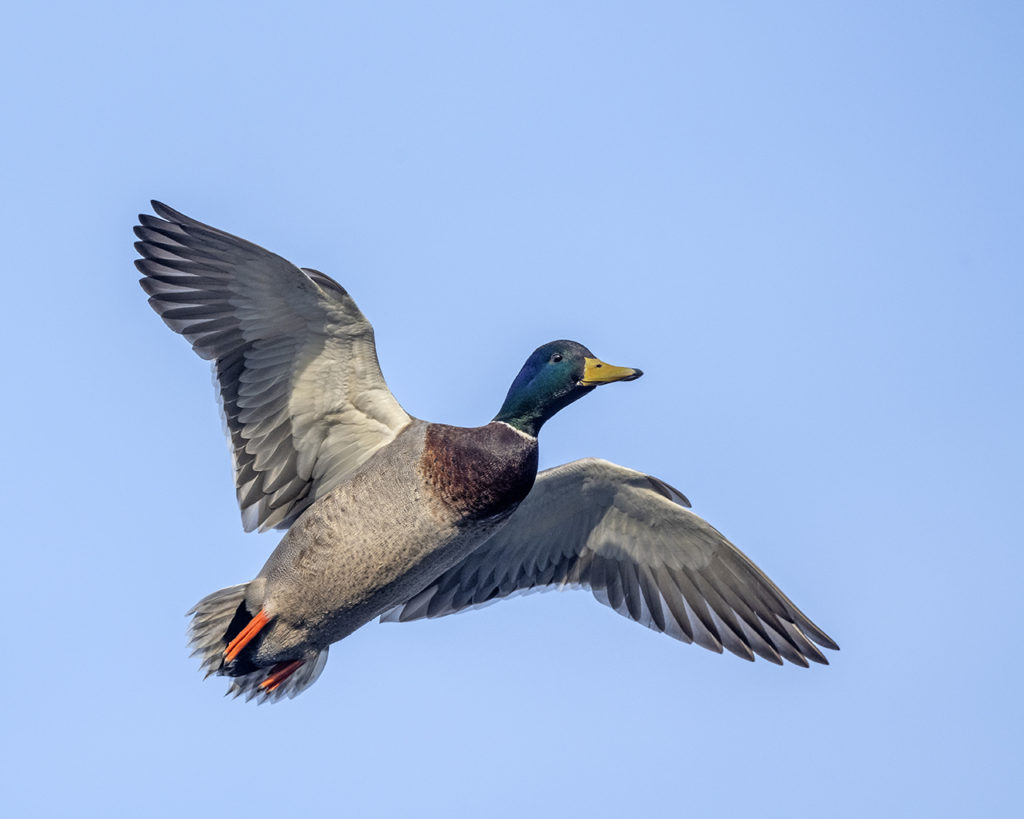
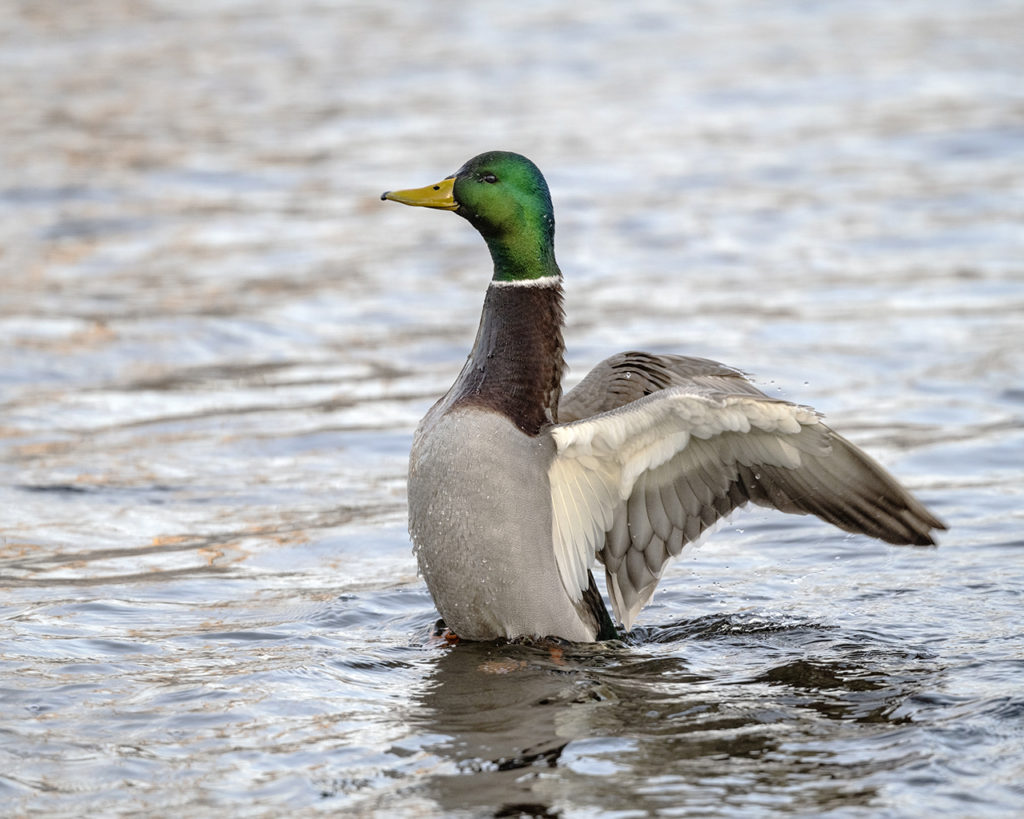
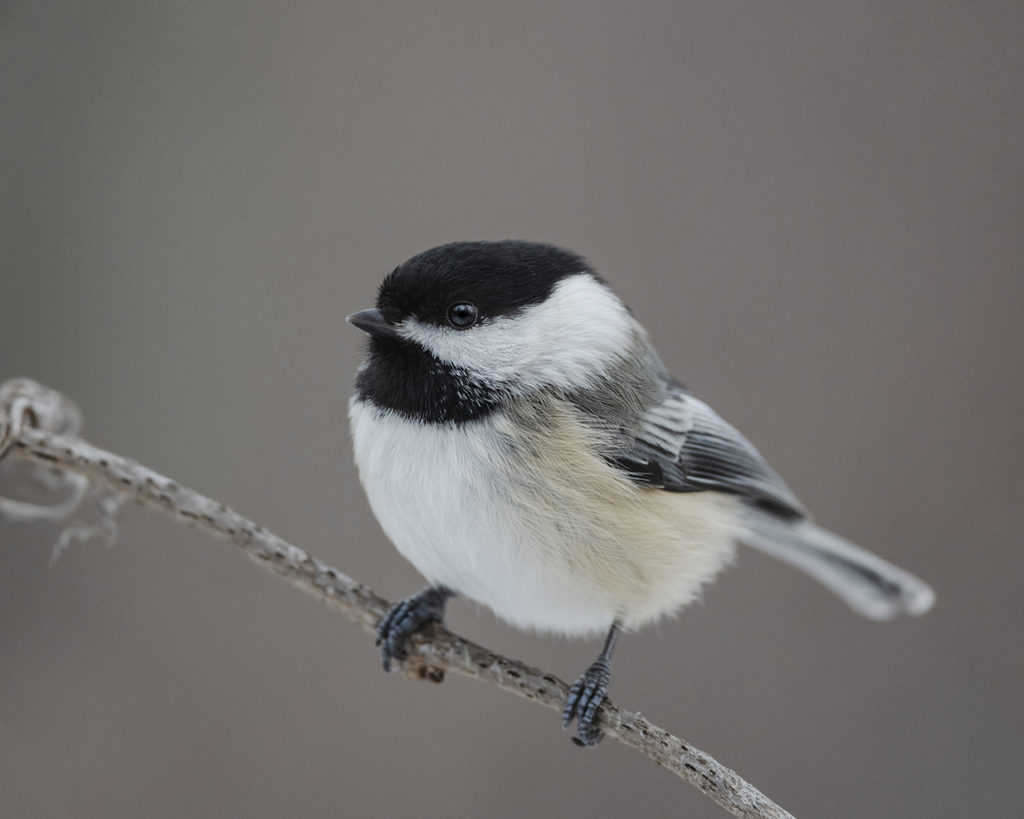
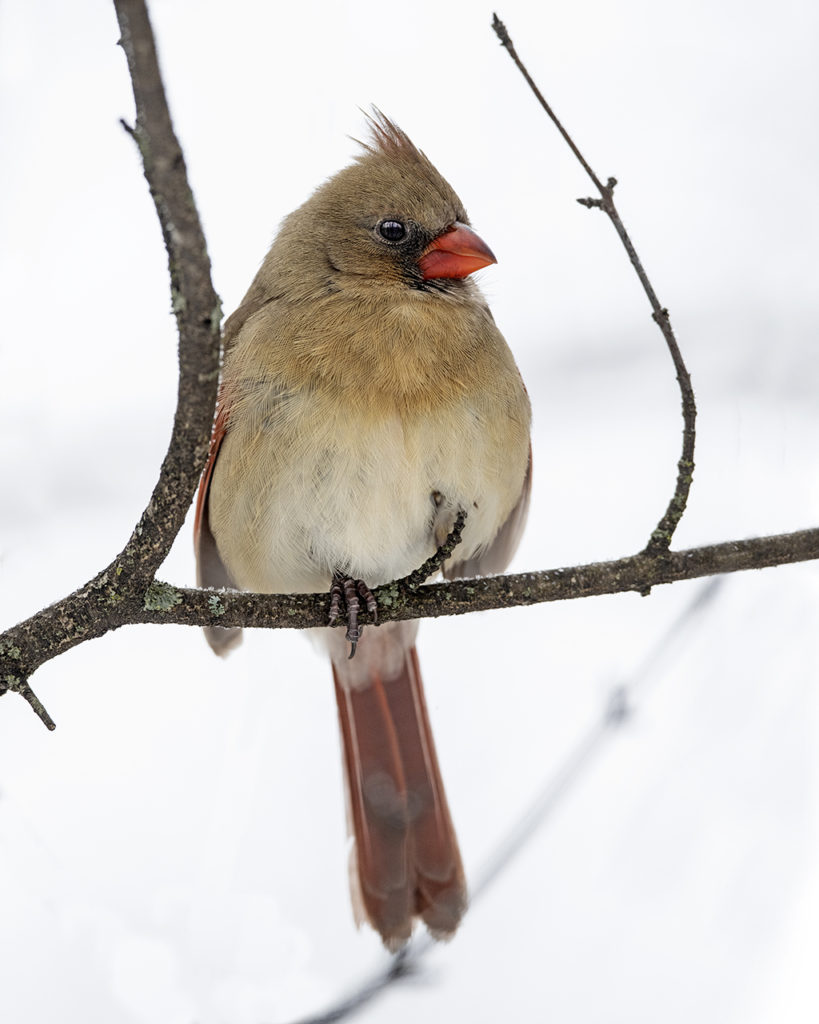
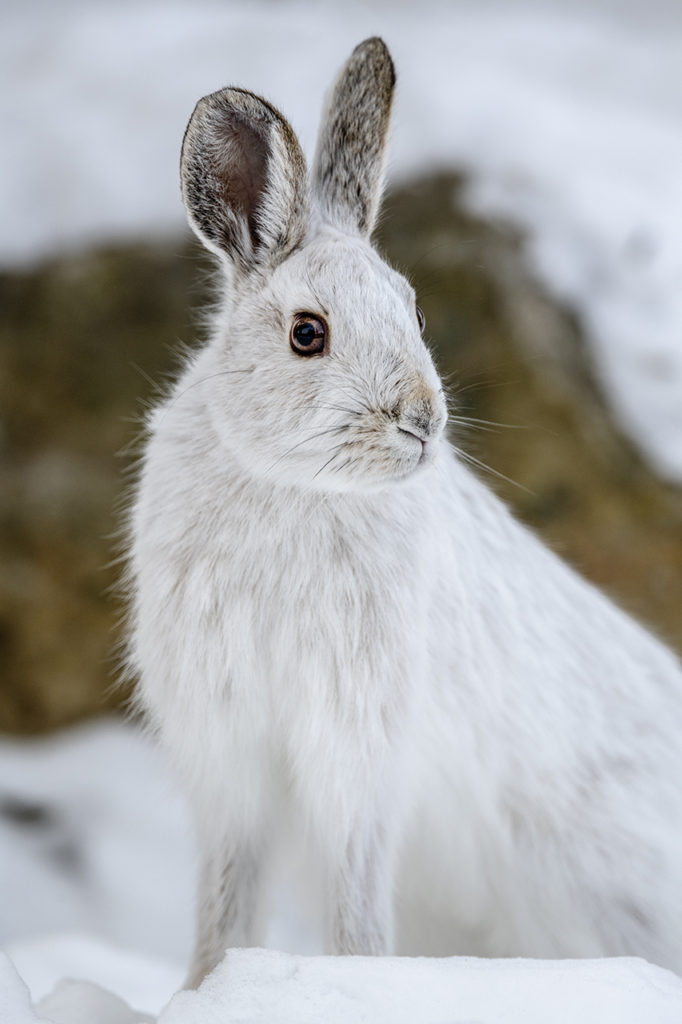
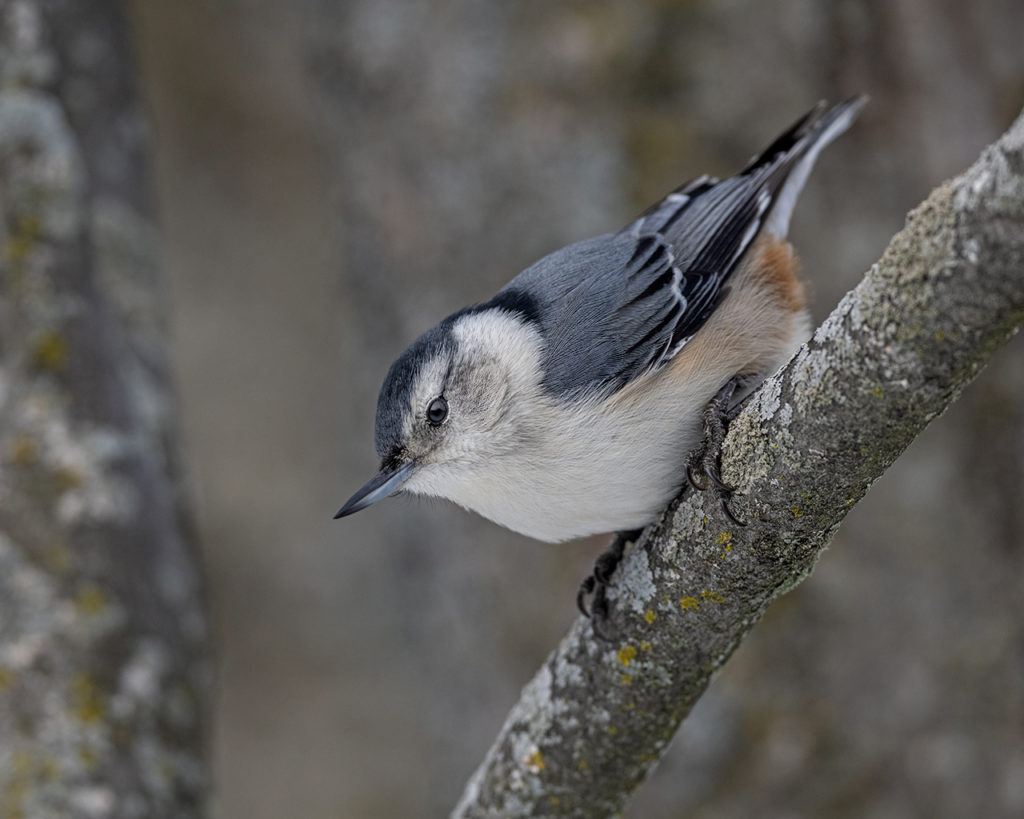






Beautiful images!
Super images and great review of this gimbal head. Thanks
Thanks for the review Tony. I’ve been researching gimbal heads for the past year and its overwhelming. May have to give this one a try!